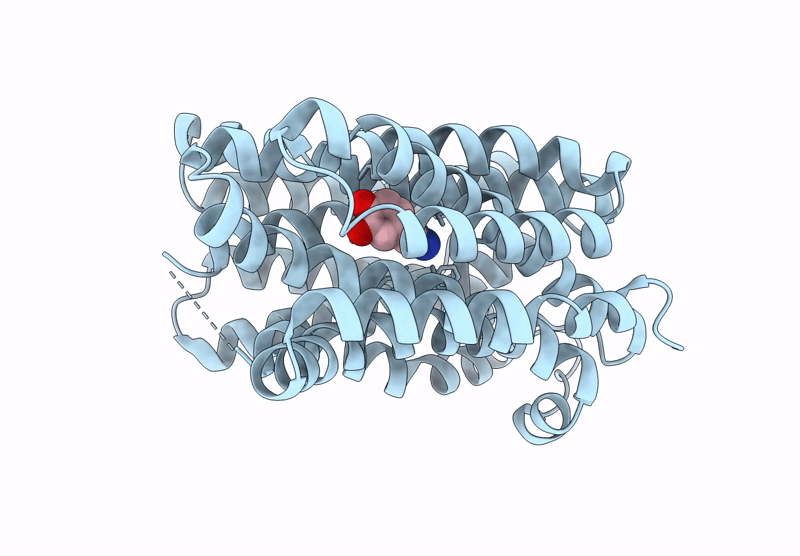
Deposition Date
2024-11-25
Release Date
2025-01-15
Last Version Date
2025-01-15
Entry Detail
PDB ID:
9KQE
Keywords:
Title:
Cryo-EM structure of human VMAT2 in complex with dopamine.
Biological Source:
Source Organism:
Escherichia coli (Taxon ID: 562)
Homo sapiens (Taxon ID: 9606)
Homo sapiens (Taxon ID: 9606)
Host Organism:
Method Details:
Experimental Method:
Resolution:
3.00 Å
Aggregation State:
PARTICLE
Reconstruction Method:
SINGLE PARTICLE


